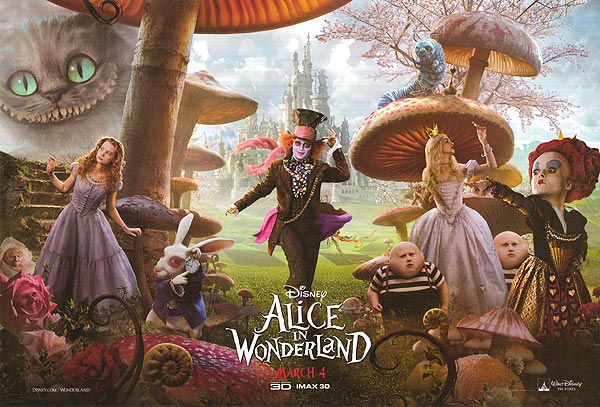Won the Oscar Honor Award in 1949, it is often named one of the greatest movies of all time, and it is hailed as one of the cornerstones of Italian neorealism.
This is a simple and powerful movie that tells a simple story of “Ladri di biciclette” (Bicycle Thieves).
The protagonist “Antonio Ricci” is played by non-professional actor Lamberto Maggiorani. He joins the desperate queue every morning to look for work.
One day, a job is in short supply, but it can only be given to a person who owns a bicycle.
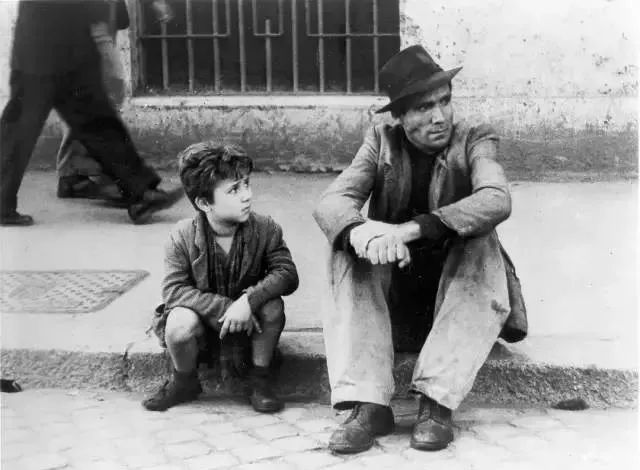
Ricci desperately needs work to supplement his family. Without a bicycle, he can only take the job off first.
Ricci shouted, “I have a bicycle!” So the foreman gave the job to Ricci.
In order to get the bike as soon as possible, Ricci’s wife Maria peeled off the sheets from their bed and went to the pawn shop to change a bike.
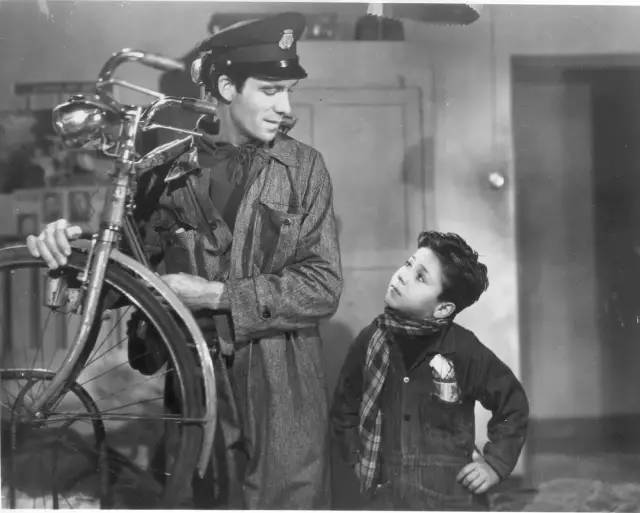
So Ricci, who has a bicycle, can work steadily.
His job is to paste movie posters on the walls of the streets and alleys of the city.
Ricci received the task from the advertisement. An experienced worker gave him instructions on how to finish the work, leaving him to work alone.
While working on Ricci, a young man rode his bike parked on the side of the road and galloped away.
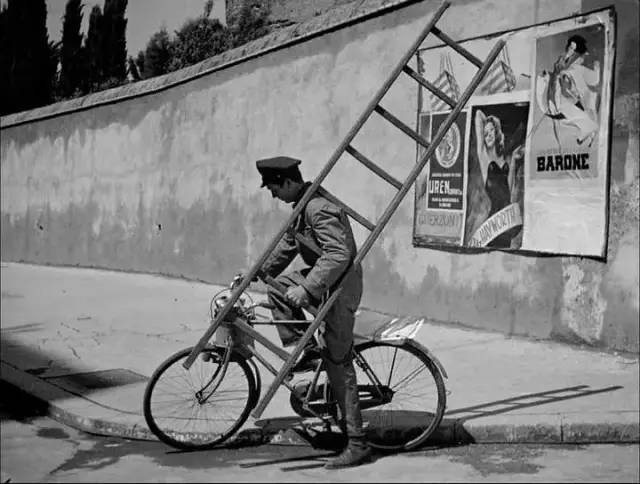
Ricci ran to chase, but was disturbed by his eyeliner and lost his target.
So Ricci and his young son Bruno embarked on a journey to find a bicycle.
But in the wilderness of Rome, finding a bicycle is simply an impossible task, and the police can’t do anything about it.
Finally Ricci gave up and looked at his son who was working hard to find a car with him.
Said: “Go to hell! Do you want to eat pizza?”
Amidst cheers, they walked into the restaurant to eat. The son thoughtfully watched the family eating a platter of spaghetti.
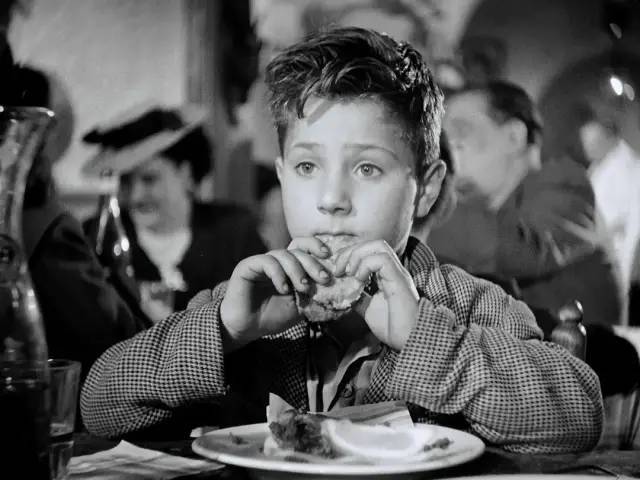
His father told him: “To eat such a meal, you need at least one million lire a month.”
Just as he finished eating, Rich suddenly spotted the man who stole his car, and started rushing all the way until he got to a brothel.
Ricci caught the thief, but the thief refused to admit it. Ricci quarreled with everyone and also called in the police.
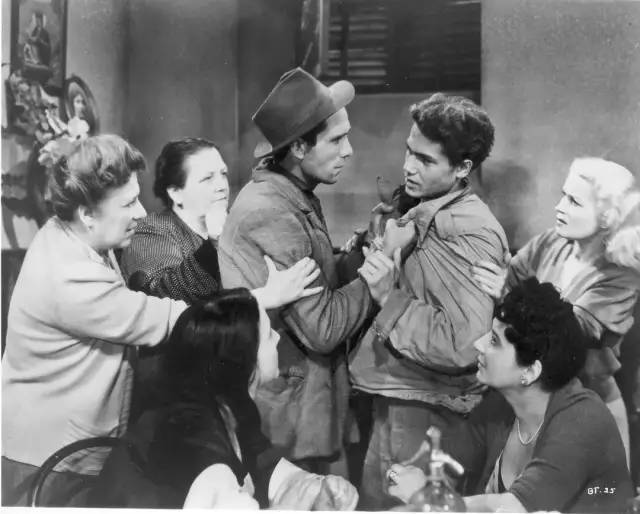
Ricci, who had no evidence, had no choice but to leave. A journey to find a bicycle ended in failure.
At the end of the film, Ricci suddenly had the idea of stealing a bicycle.
So just about to succeed, he was surrounded by passers-by and Ricci was arrested. At this time, Ricci was helpless and desolate.
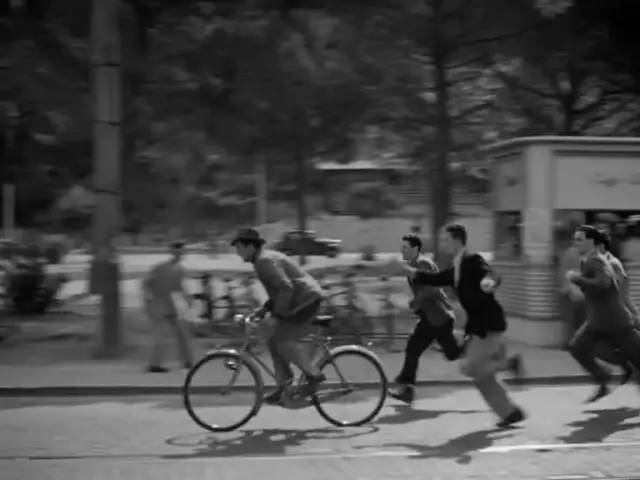
“Ladri di biciclette” (Bicycle Thieves) directed by Vittorio De Sica shows the real life scenes in Rome by describing the process of ordinary people looking for lost bicycles with deep humanistic care.
In this way, it reveals the real problems of unemployment and moral degeneration in Italian society after World War II.
This slender story will eventually resonate with the emotional resonance of a classic tragedy. It may sound absurd, but it is the case.
The film opposes the use of the Hollywood star system, and all non-professional actors are used.
The actors for Ricci and his son were hired from the general crowd.
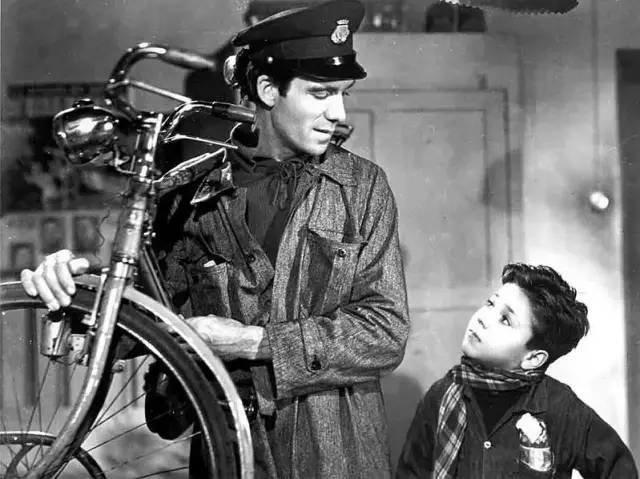
“Ladri di biciclette” (Bicycle Thieves) puts us there and lets us have a shocking experience with these ordinary people.
Let us feel them in a profound way that is almost indescribable.
All of this was inseparable from the creed of neorealism, and this movement gained a foothold in Italy in the late 1940s and early 1950s.
As the pinnacle of Italian neo-realism, “Ladri di biciclette” (Bicycle Thieves) fully embodies the creative characteristics and artistic style of Italian neo-realism.
In terms of the content of the story, daily life events are used instead of fictional stories, and the real experiences of ordinary people are used to reflect social problems.
The story prototype of “Ladri di biciclette” (Bicycle Thieves) originated from a news report that a man and his child traveled around Rome for 24 hours looking for a stolen bicycle.
Through the experience of ordinary people like Rich, the work reveals the social themes of ordinary people’s mental helplessness and moral degeneration shrouded in the shadow of social unemployment at that time.
The shooting method is real-time shooting, which is documentary.
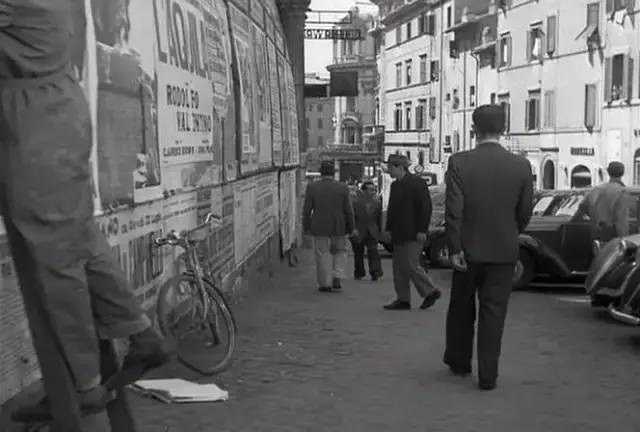
In the film, the large-length stories take place in the streets of Rome, embodying the characteristics of “carrying a camera on the street”.
The film’s perspective moves as Ricci and his son look for the lost bicycle together.
Using a large number of long lenses, the face of Rome and the lifestyle of ordinary people are truly reproduced.
It embodies the authenticity and recordability of Italian neo-realism creation.
And these non-professional actors from the masses make the film’s performance more authentic through the in-depth experience of their own lives.
The narrative structure abandons the classic narrative mode of “beginning-development-climax-end”.
Rather, it unfolds in accordance with the internal logic of the development of the event through the loose accumulation of story plots.
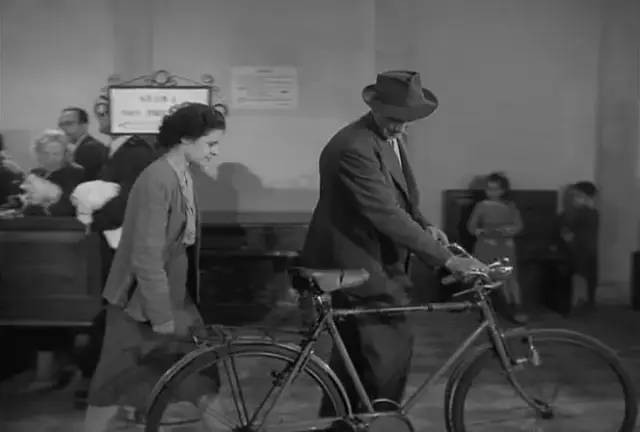
The process of “buying a bicycle-bicycle being stolen-finding a bicycle-stealing a bicycle and being caught” is used as the narrative framework, which is simple and thought-provoking.
Using the method of seeing the big in the small, through the description of the small people in the society, to reflect the big problems facing the whole society.
Thus shortening the distance between the film and the audience.
It is such a film that does not use professional actors, but it has become one of the ten most immortal works in film history and is regarded as a classic.


